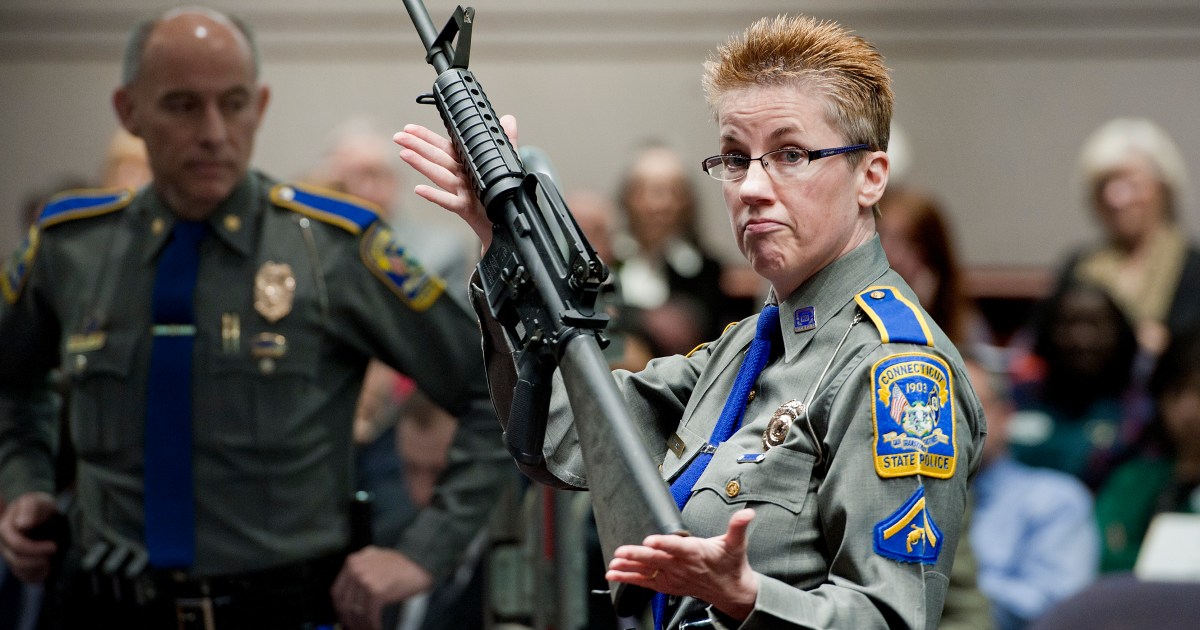Bear intestines, fish skins and red carpet runways: The year in sewing
This year, more than ever, CBC North made sewing a part of its coverage.
Sewing has always been an essential part of northern culture. It also plays a vital role in the ongoing cultural revival throughout the North.
Our Facebook group, the Arctic Sewing Room, brought our first sewing story of the year, about Crystal Alstrom, an Alaskan Yupik Eskimo who shared the first parka she made with the group in January.

The post was shared over 1,000 times and received hundreds of positive comments.
We saw a similar response when Coral Madge posted a photo of a gorgeous pair of traditional Dene mukluks.

For many northerners, sewing means sharing. That was the case for Meeka Alivaktuk in Pangnirtung, Nunavut. After seeing videos of people fleeing Ukraine, she rallied fellow seamstresses to sew amautis — Inuit parkas with large hoods designed to carry babies — to gift to the refugees.

“As I began to think about it, I began to think to myself: ‘Look at these mothers and fathers, carrying their children to far distances — and then the children, who want to be held but their parents already have their hands full,'” Alivaktuk said in Inuktitut at the time.
Sewing was used to memorialize this year, like in this moosehide purse that Hannah Snowboy sewed for her sister, using the scraps of hide that their mother had kept for years.

As we reported at the time, Phyllis Sam Matthew was a go-to person in Chisasibi, Que., “who could skillfully and beautifully make these traditional and important outfits and crafts.
Augatnaaq Eccles of Rankin Inlet, Nunavut, surfaced memories of a different kind when she hand-sewed a parka to “depict the harrowing history of tuberculosis sanatoriums and Inuit.”

Eccles used her grandmother’s hunting parka pattern as the basis of her design, which tells the story of Inuit taken to sanatoriums in the south.
“I wanted to show the way that tuberculosis sanatoriums were used as a form of colonialism,” Eccles told CBC.
Sewing is often a group activity, and a well-known way to build friendships and community.
That was the case at Yukon University’s Mayo campus this year, where students of a garment-making program hit the runway to showcase their work.
“Sewing is such a big part of our culture … If we don’t carry it on and learn these things now, then who will teach the younger ones?” said Ellenise Profeit, who was part of the show.
Another group of seamstresses formed in Behchokǫ, N.W.T., when the Come Sew With Auntie program held a parka-making workshop.
“I think I did good,” said Mary Adele Mackenzie, who made a parka for her husband with extra long sleeves.
Craftspeople also worked with some unique materials this year.
That included qiviut — the soft, woolly undercoat on muskox — which some people in Kuujjuaq learned how to spin into yarn this year.

“It’s softer than cashmere, which is a very soft fibre, and it’s eight times warmer than sheep wool,” said instructor Rachel Guindon. “And the great thing is that it’s super light, so it’s not going to feel heavy on you.”
In Puvirnituq, Que., seven women learned to turn fish skins into a strong, supple leather for use in sewing and crafts.

And in Alaska, a group of women took it upon themselves to revive the art of sewing bear intestines — meticulously cleaned and dried — into a waterproof, windproof, lightweight and durable jacket.
“It’s an honour to have had the opportunity to learn a lost art, a lost skill, and then bring one back to the region that doesn’t sit in a museum,” said Diane Selanoff.
“I’m just so thankful that my mother shared those things with me, so that everything came back to my memory,” said June Pardue, who applied a special waterproof stitch to the project.
“It was a long process. It was a beautiful process … and it was glorious.”
One thing is for sure — our CBC North audience can’t get enough of the amazing arts and crafts produced in the North.





